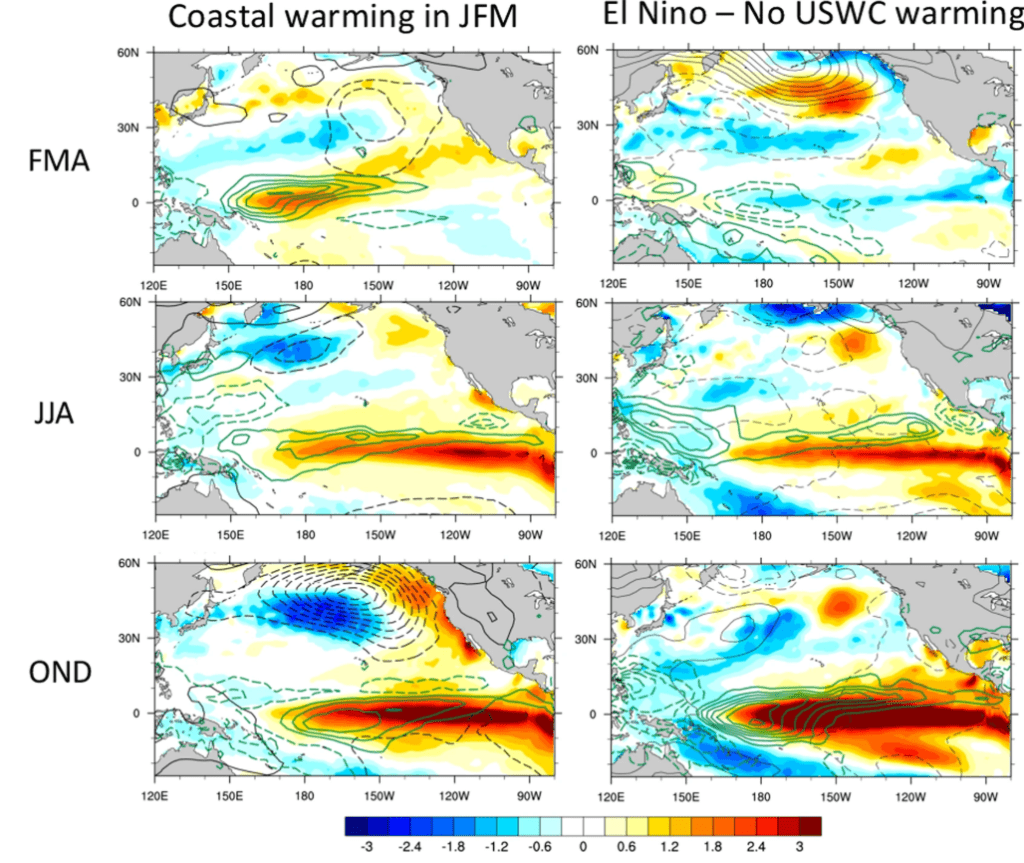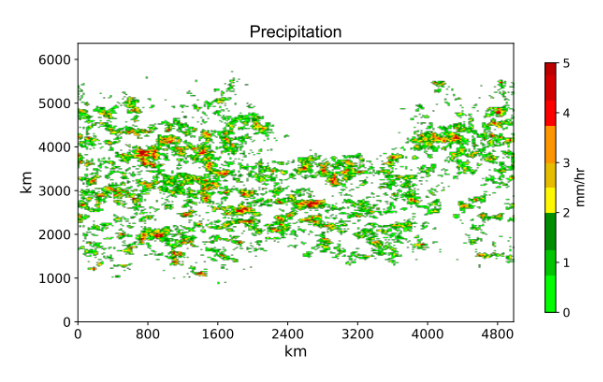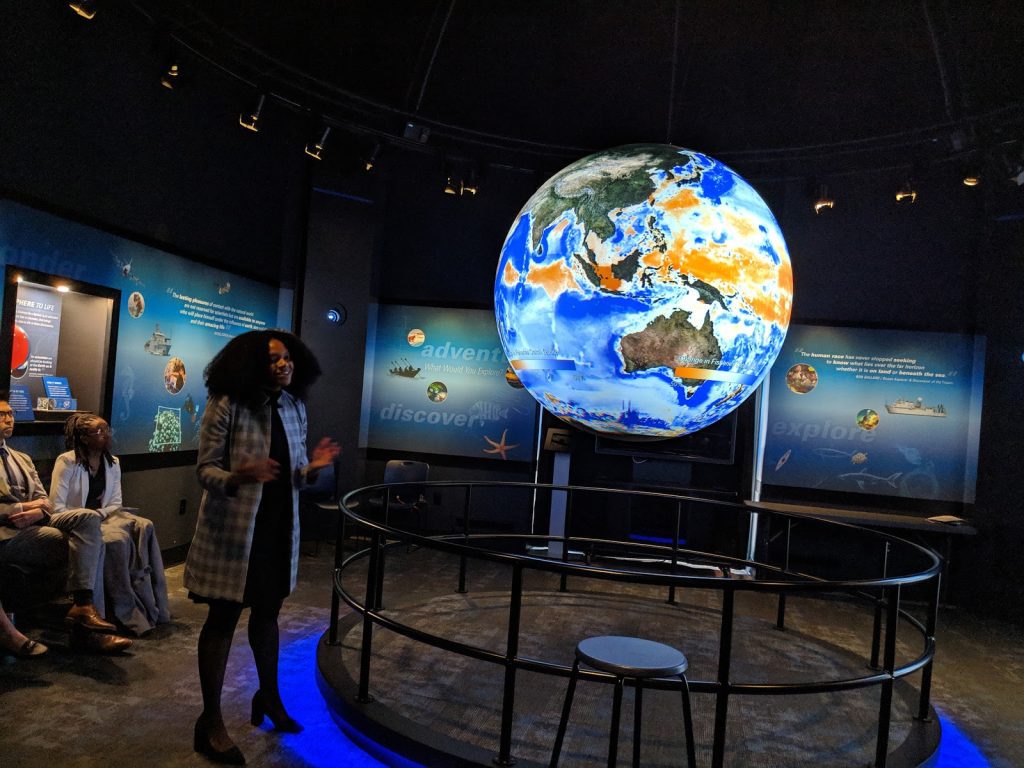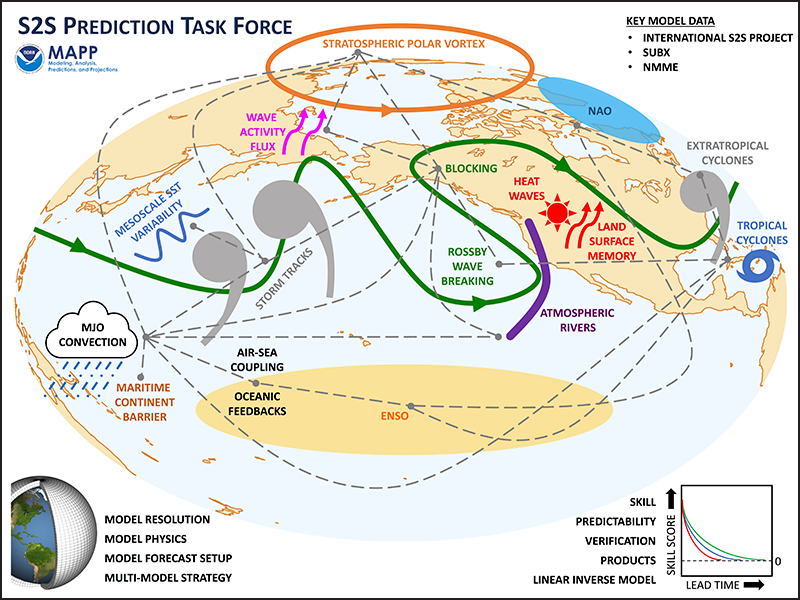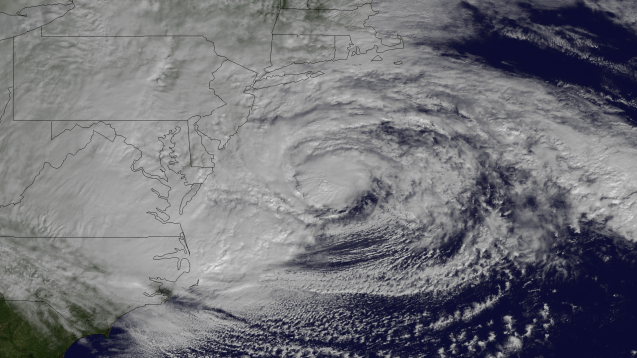How Well Do Models Forecast MJO Propagation?
The Madden-Julian Oscillation (MJO) is an eastward moving disturbance of clouds, rainfall, winds, and pressure located in the tropical longitudes, which can drive atmospheric circulation around the planet. On average, this atmospheric disturbance travels across the tropics and returns to its initial starting point every 30 to 60 days.
How Well Do Models Forecast MJO Propagation? Read More »



